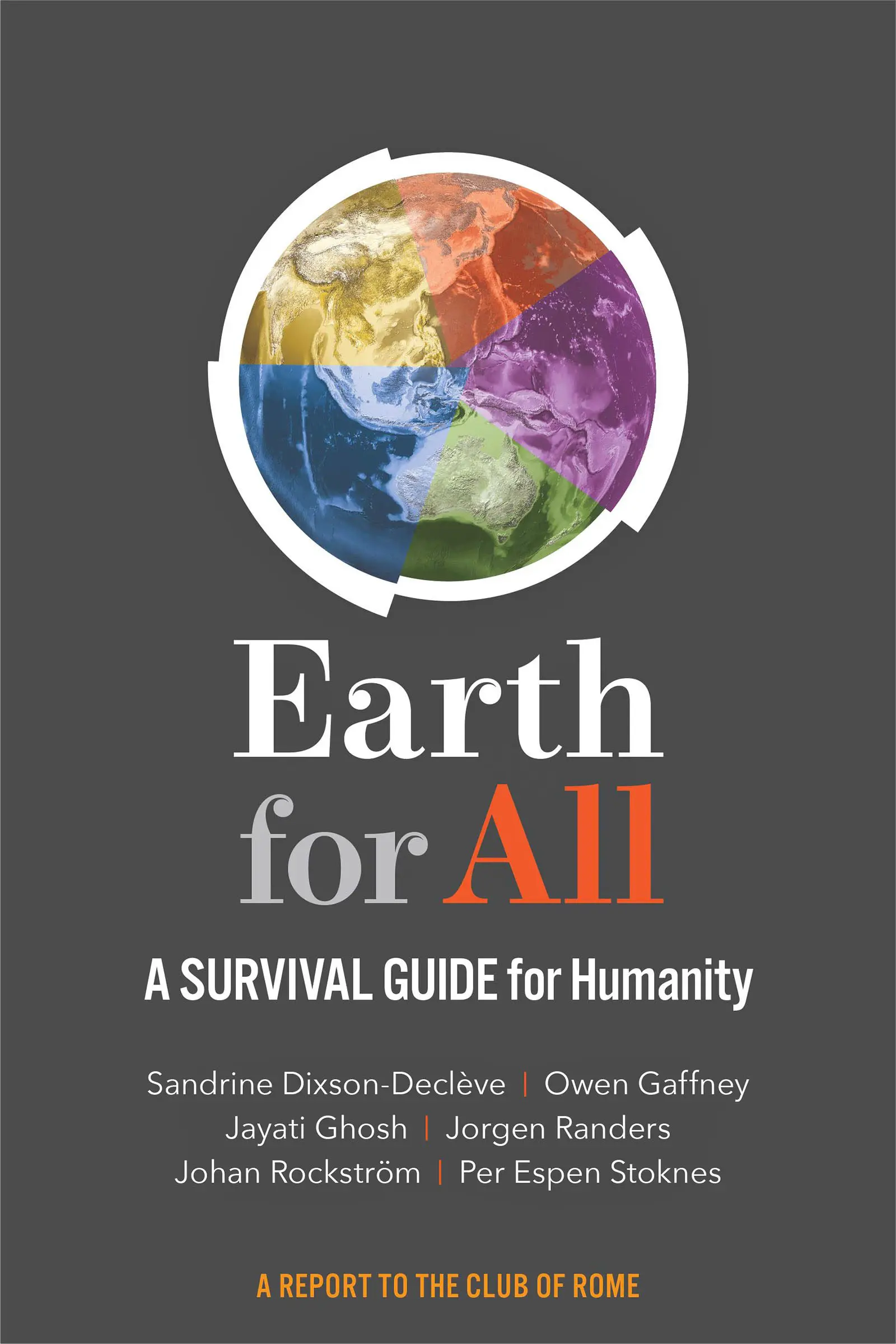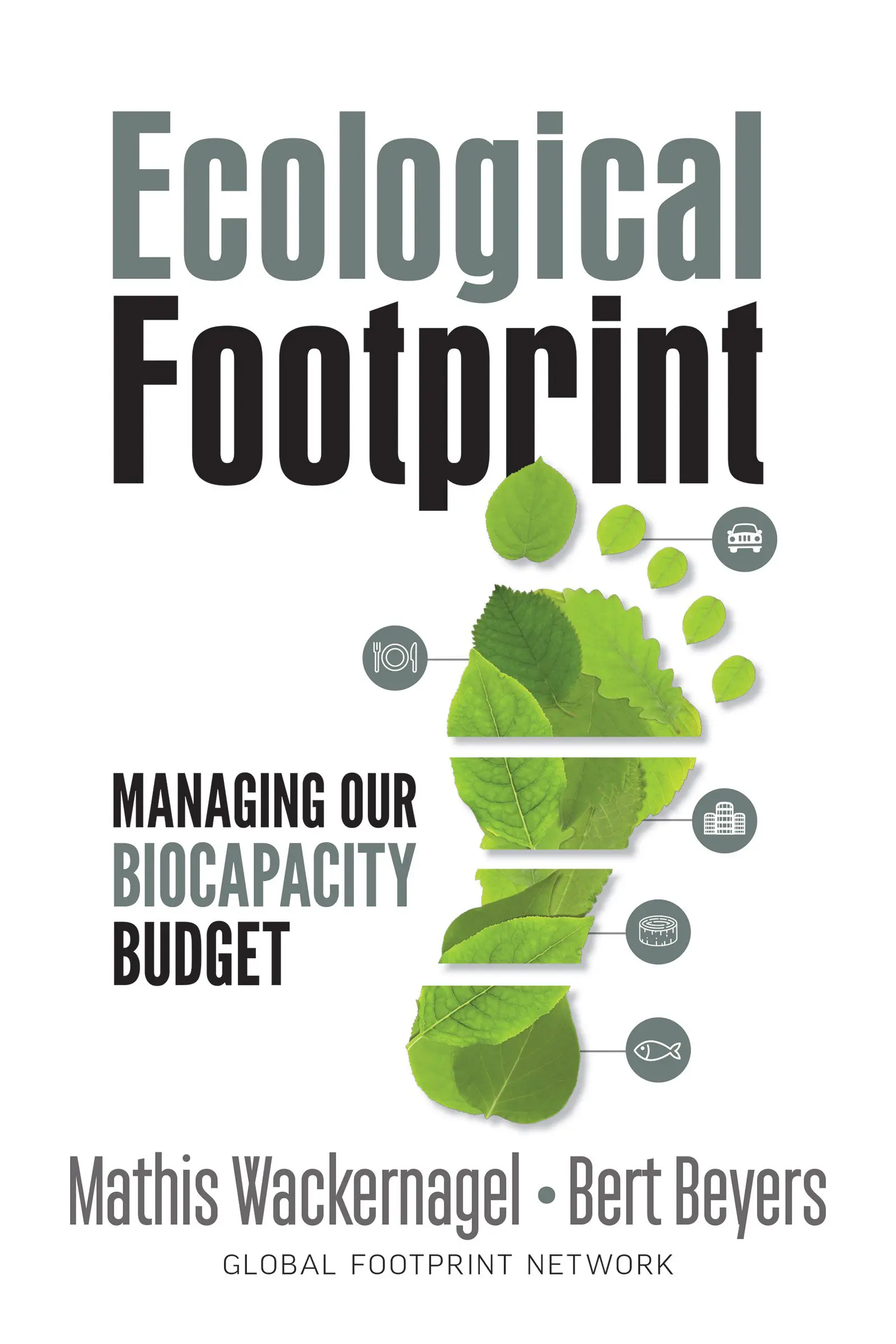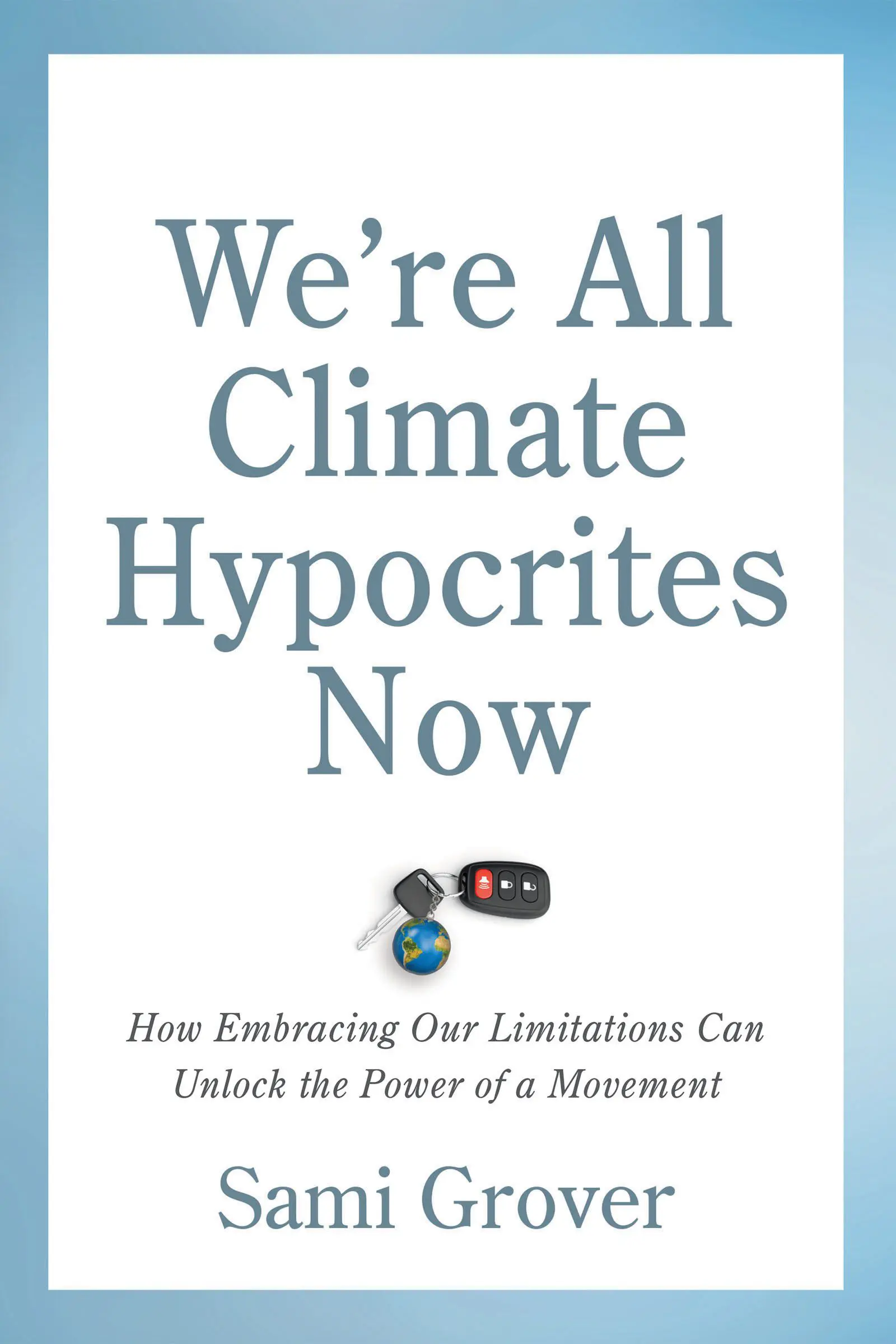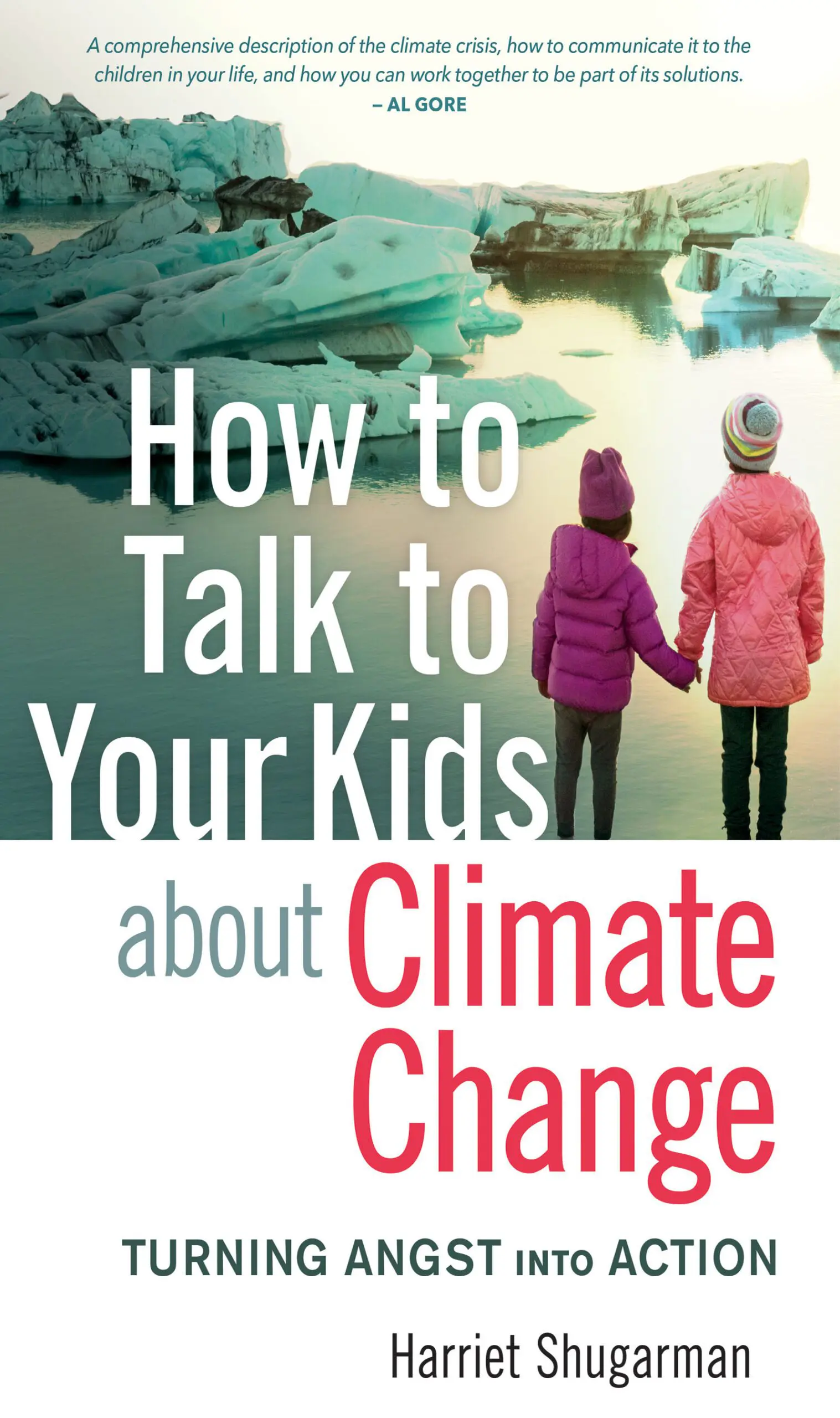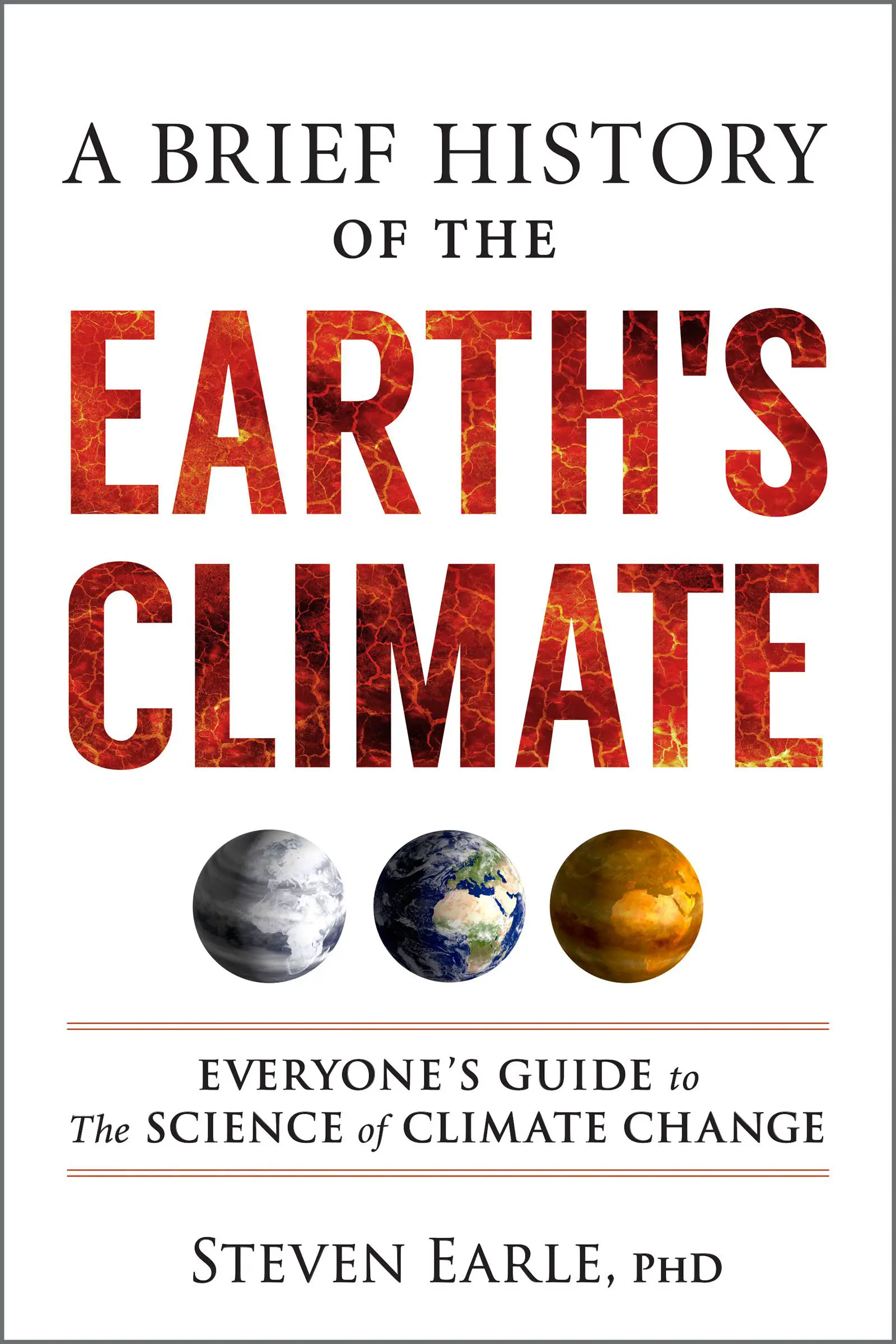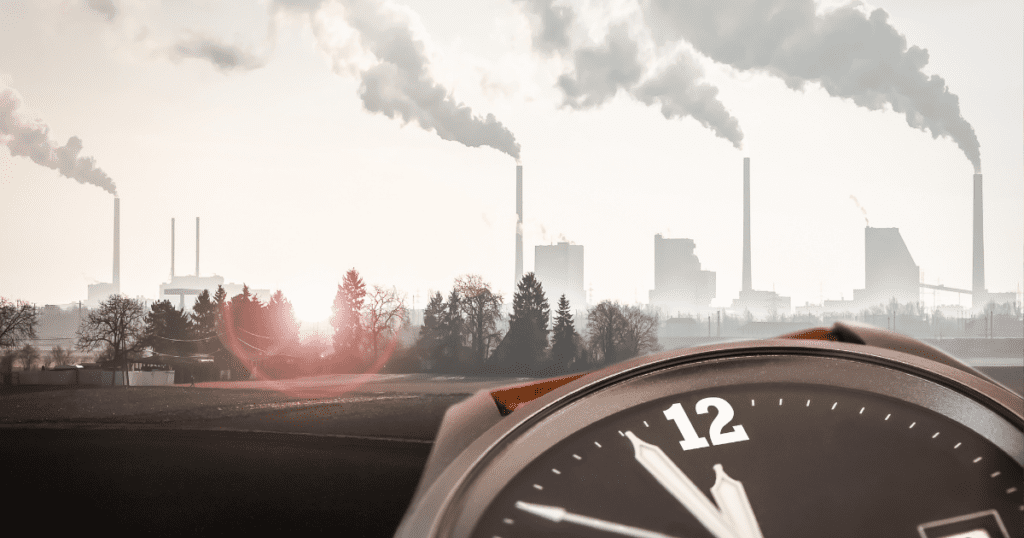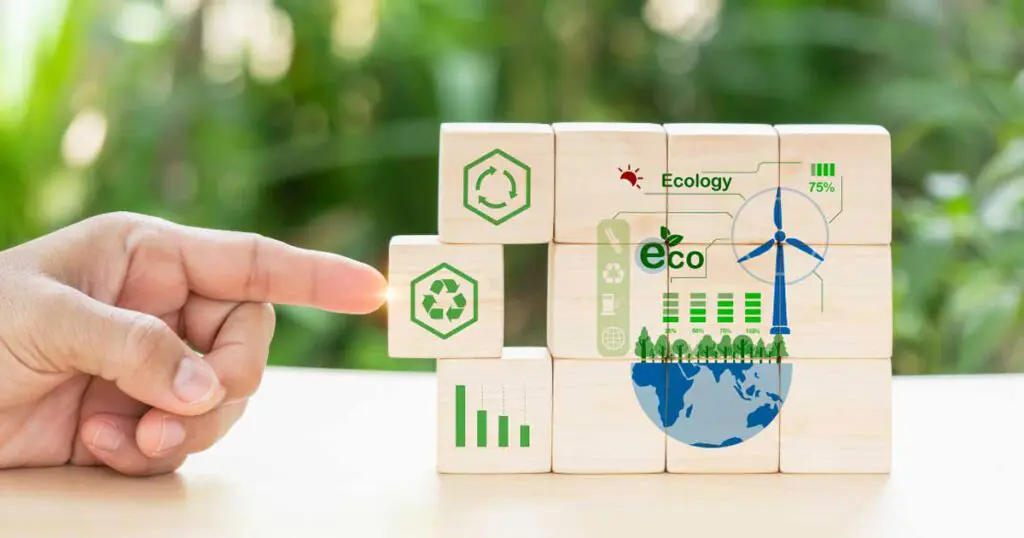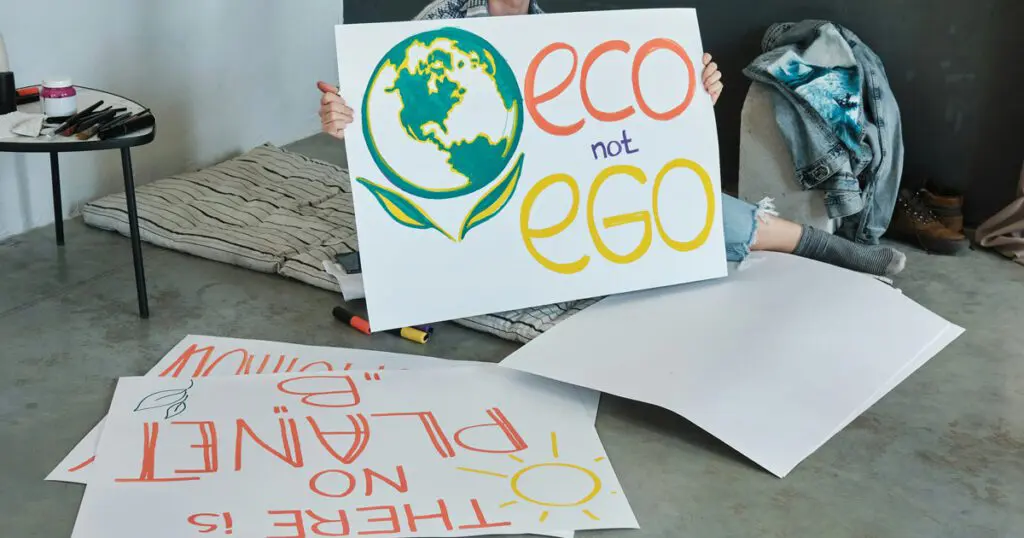
Earth for All is both an antidote to despair and a road map to a better future. The authors dive deeply into all aspects of what an equitable world might look like – from environmental stewardship to inclusive, fair societies … and everything in between. In this excerpt, the authors examine the simplification and consumption of Earth’s biosphere.
Chapter 5: The Food Turnaround
Consuming Earth’s Biosphere
In the future, as population grows, we need to tread very, very carefully. Humanity is slicing, dicing, and simplifying Earth’s biosphere — our life support system — in the service of human food production and material consumption. By mass, about 96% of all mammals on Earth are either humans (36%) or our livestock (60%), mainly cattle and pigs. Just 4% of mammals are now wild.3 Or put another way, our livestock outweigh wild mammals 15 to 1.
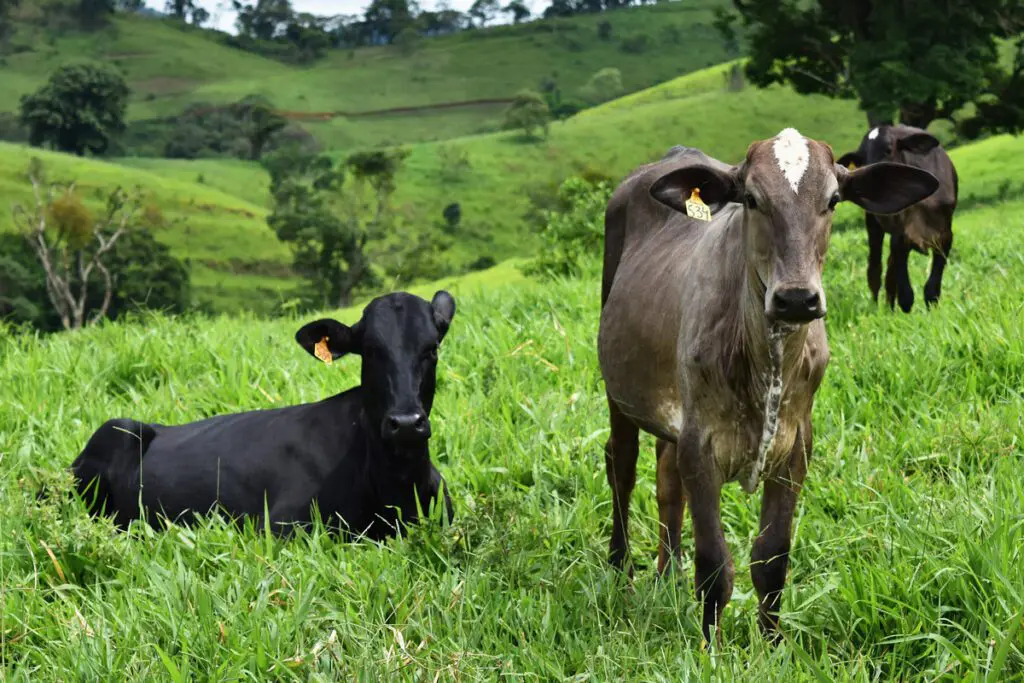
The scale of appropriation and consumption requires vast tracts of land. On Earth, glaciers and ice sheets make up about 10% of the land surface. About 19% is taken up by barren lands — exposed rock, desert, and salt flats. The remaining land (71%) is described as habitable. Humanity has commandeered about half of this habitable land for farming, and we have modified or interfered with much of the rest in some way. For livestock production alone, we use an area of land equivalent to North and South America combined. In the ocean, around 90% of fish stocks are either overexploited or fully exploited. A rapidly growing aquaculture sector is taking up more coastal space each year. When it comes to the air, about 70% of birds by mass are farmed poultry, and the rest wild. We live on a planet of chickens.
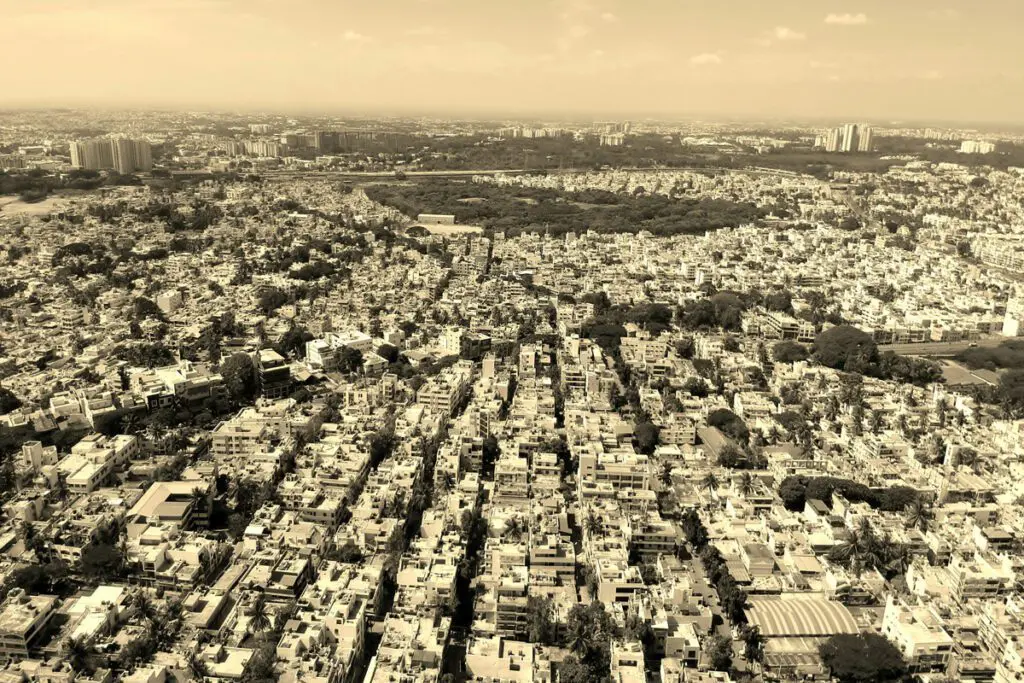
But the impact of food production and deforestation goes beyond the swallowing up of life on Earth. About one quarter of all greenhouse gas emissions comes from land use. Agriculture is responsible for about 70% of all water withdrawals. The final major impact is pollution: the cause of growing aquatic dead zones is our overuse of fertilizers. Agriculture is linked directly to 78% of eutrophication in lakes, rivers, seas, and the ocean.
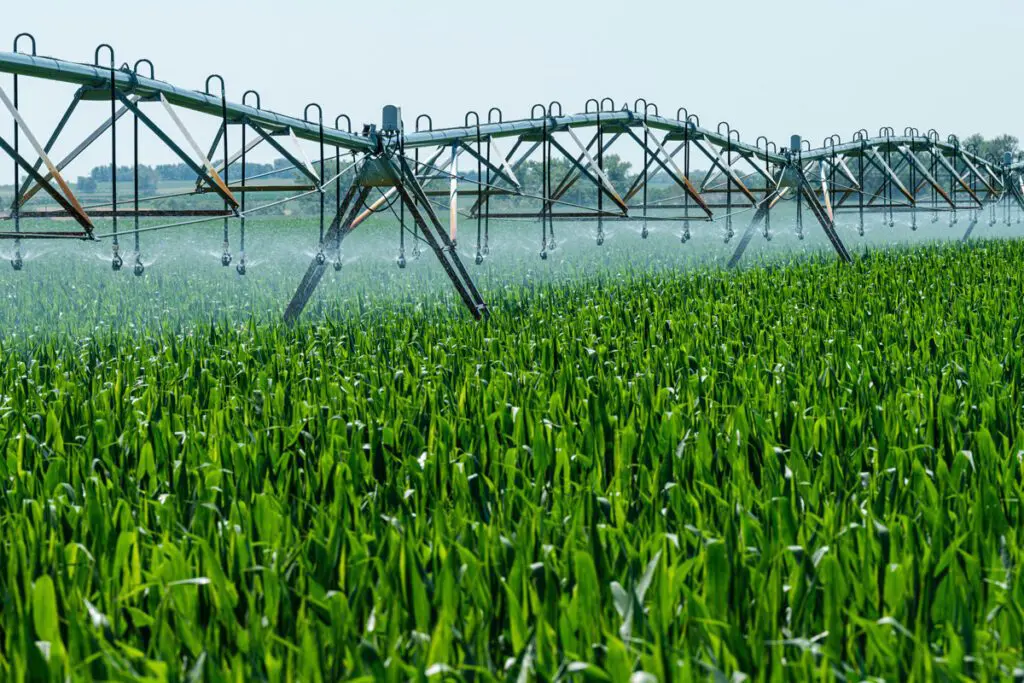
It turns out the scale of impact is neither necessary nor does it particularly serve up healthy diets.
Today’s food crisis is only half the story. Tomorrow we face even more challenges. Given the current food system, the UN Food and Agriculture Organization estimates that the world needs to produce about 50% more food by 2050 to feed a population that is growing in size and wealth. While some dispute that additional food production is this high, demand will undoubtedly increase in the next three decades while the food system will increasingly be hit by more and more extremes. It is virtually certain that wet areas on Earth will get wetter and dry areas drier this century. This means more floods in regions prone to flooding and more droughts in drought-prone regions. Extreme heat will increasingly damage plants. All of this will be increasingly disastrous for food production. Historically, civilizations thrive or fade, live or die, depending upon how their leaders manage scarce water resources for food production.
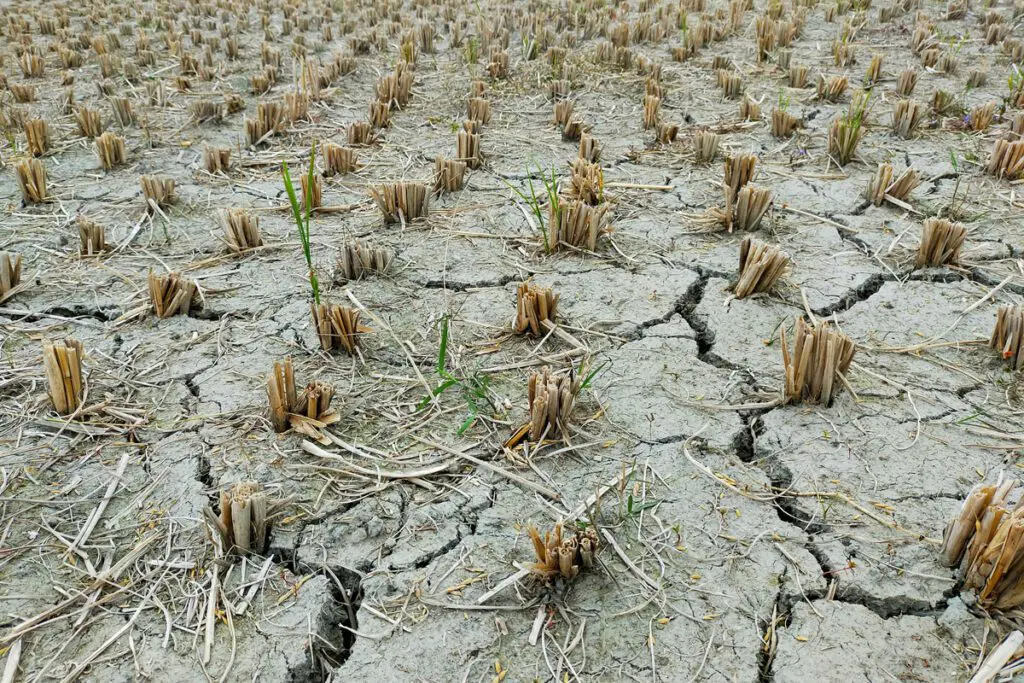
The food system is not just unsustainable, it is also highly fragile, dependent on tight global trade in monoculture crops, fertilizers, and fossil energy. Staple food crops — like grain, meat, and oil — are traded globally, with many countries heavily dependent on imports from a few breadbaskets like Russia, Ukraine, Australia, Argentina, and the United States. Phosphorus fertilizers often come from Morocco (West Sahara), the United States, and China. Nitrogen fertilizers often come from countries rich in natural gas, like Russia and Ukraine. Oil to run farm equipment is sourced from a few nations. This creates supply chain bottlenecks if these countries are hit by disruptions such as harvest failures or war.
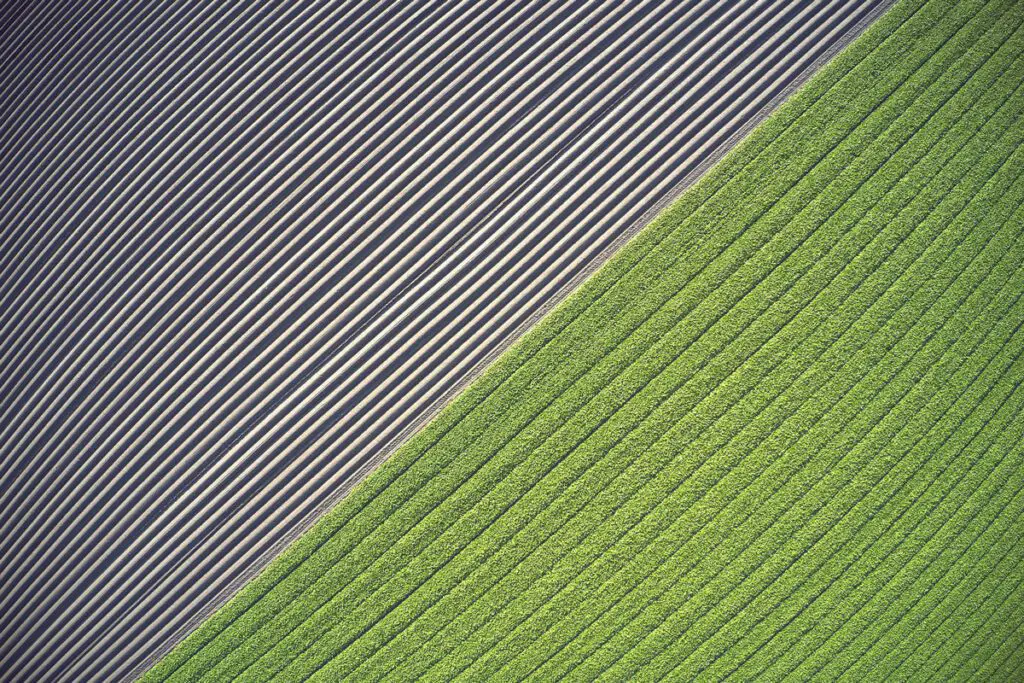
This broken system impacts food prices, too. In 2022, global food prices reached their highest ever level following the Russian invasion of Ukraine. Cereal prices alone rose 17% in one month. Global crop and economic models project that cereal price could increase by as much as 29% by 2050 as a result of climate change unless there are immediate and deep cuts in emissions. But more than that, extreme events like prolonged droughts have cascading impacts. Societal unrest is tightly connected to the price of bread and other foods. During the Arab Spring of 2010 and 2011, high food prices were an important factor in driving people onto the streets to protest and eventually topple governments across the region. At that time, droughts in Russia, Ukraine, China, and Argentina severely cut wheat harvests while torrential rains in Canada, Brazil, and Australia had a similar effect. Grain prices skyrocketed.
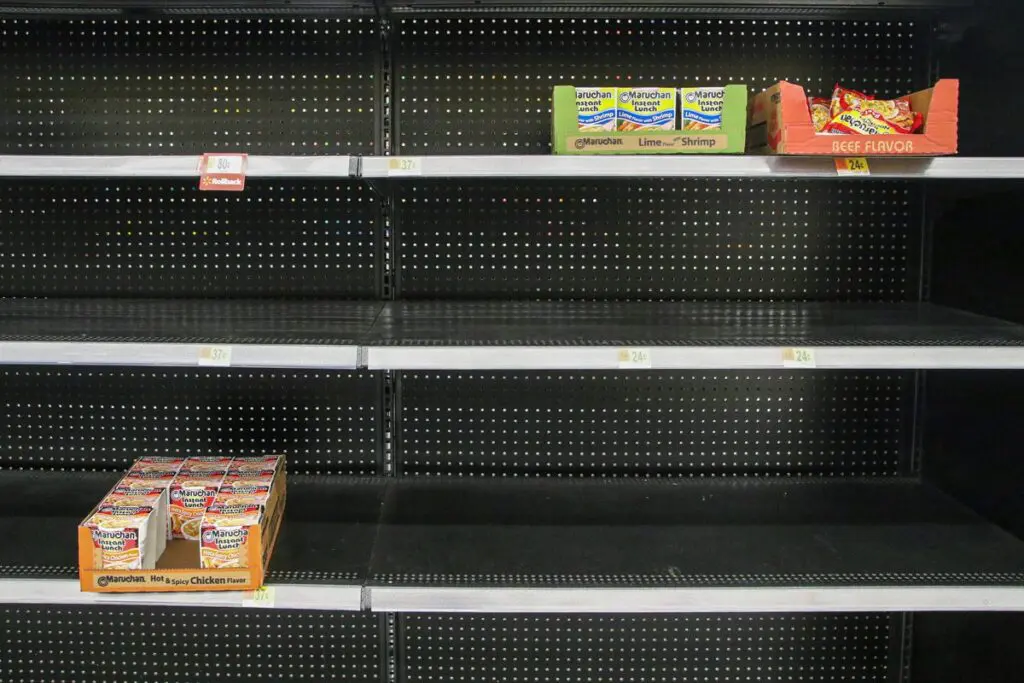
The link between societal tension and food prices is particularly acute in low-income countries. When prices of many commodities, like oil, go up, people use less, but food consumption is “income inelastic.” Or, to cut the jargon, people have to eat regardless of how much money they earn. According to recent research, in low-income countries, increases in international food prices lead to a significant deterioration of democratic institutions and a significant increase in the incidence of anti-government demonstrations, riots, and civil conflict. The slogan on the streets of Cairo during the Arab Spring uprising in 2011 was “Bread, Freedom, Dignity,” in that order. Of course, another risk — and legitimate coping strategy in times of rising social tensions, poor economic opportunities, and conflict — is migration. When this happens, migration can have spillover effects contributing to rising social tensions and political unrest elsewhere.
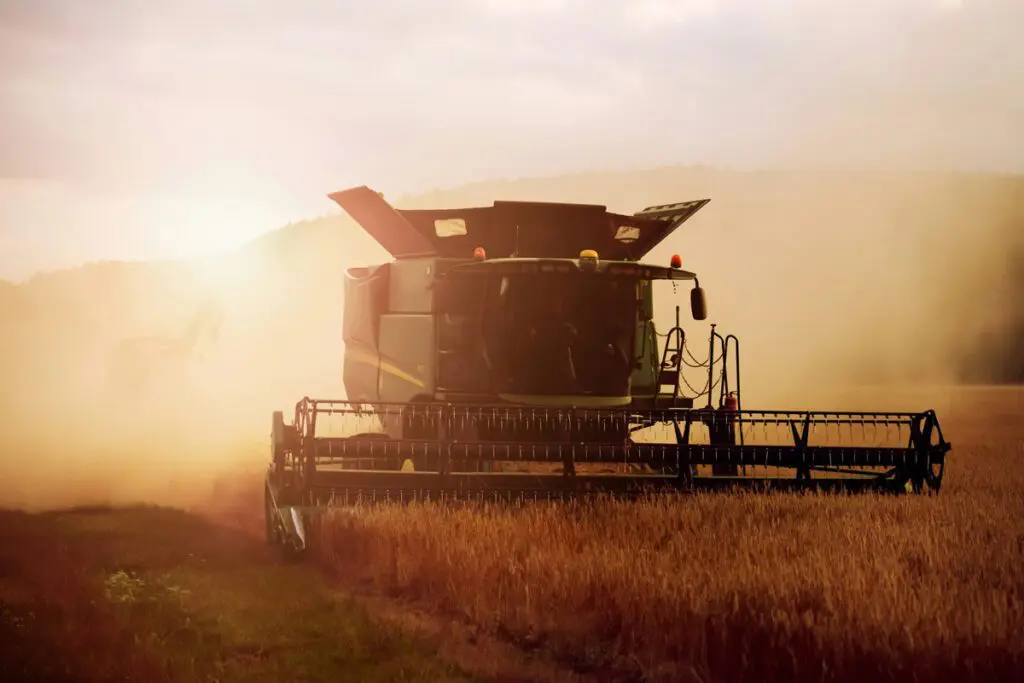
The multiple breadbasket failures seen in 2010 were a shock. Was this event one of a kind or can we expect more as Earth heats up? Science is getting a better handle on the risks related to breadbasket failures and what this might mean for the future. The jet stream is a band of fast-moving air that swirls around the northern hemisphere above the most important grain producing areas of Asia, North America, and Europe. It is slowing down and beginning to act weirdly as the planet warms up. Weather systems that are pulled along beneath the jet stream can stall, intensifying weather conditions. Where once a high-pressure weather system might sweep into Europe bringing warm weather for a few days, now these high-pressure systems sometimes stick around for weeks bringing devastating heatwaves. But more than that, these weather systems — bringing rain or drought — can stall in several regions simultaneously. The failure of multiple breadbaskets across the world is now one of the biggest risks facing food production and keeps climate scientists awake at night.
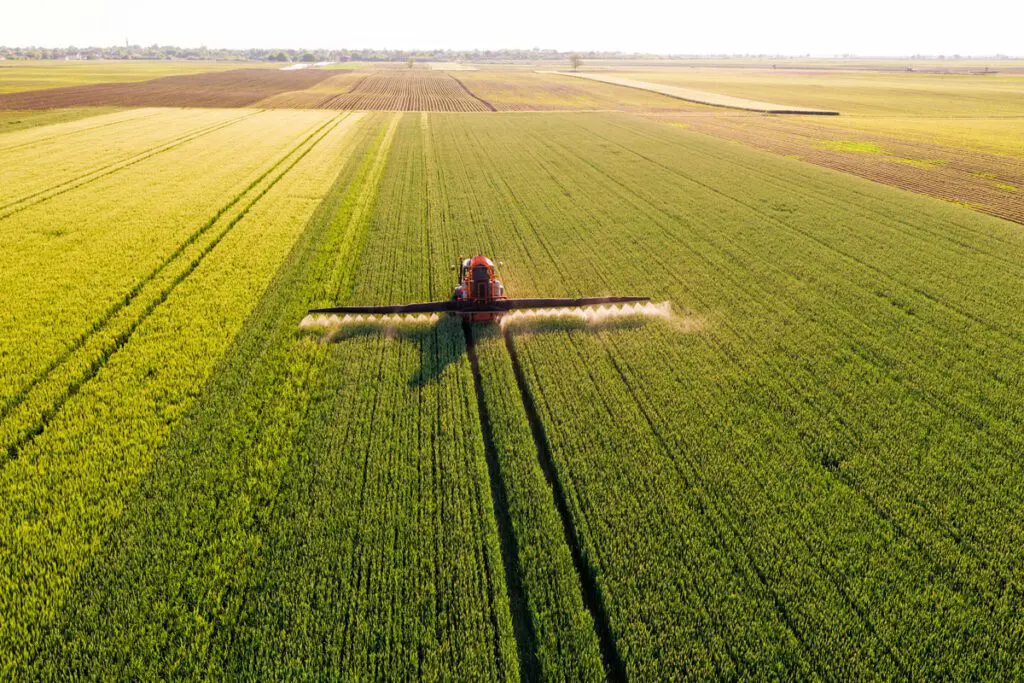
We face a triple challenge in agriculture: to produce more healthy food, without destroying the planet, while building resilient production systems that are able to withstand rising shocks. As we look out over the horizon, we know demand for food is driven by both population growth and income growth. We know that we are increasingly dependent on only a few food-producing countries. We know income also drives dietary preference toward the all-consuming Western diet. We know agriculture is limited by the inevitable scarcity of land, water access, and poor soil quality. And we know climate change will affect yields and the spread of diseases affecting crops and livestock. Throw in several black swans long the way — high-impact shocks that are difficult to predict — and this reinforces the essential need for a food-system turnaround to manage for fragility, volatility, and risk and to rebuild for resilience, price stability, and wellbeing. While there are no simple solutions, we believe the following three proposals are the most significant levers to drive large-scale change. We are not naive enough to think these are the only levers, but when it comes to human wellbeing, respect for planetary boundaries, and reducing social tension, these give the most bang for the buck.






